What Is Invisalign?
Invisalign is an advanced technology that helps transform your smile by applying transparent aligners which are virtually invisible. These removable braces are personalized and will gradually straighten your teeth without bothering you with any metal wires or brackets. They can correct several orthodontic problems and deliver a balanced smile in a short time. The aligners are flexible and removable, so you can take them out when eating or brushing your teeth.
Before your treatment starts, you will be able to see a digital representation of how your teeth will look when you finish your treatment. During your Invisalign treatment, the dentist will use ClinCheck 3D imaging technology to evaluate your oral condition and make your aligners accordingly.
How Long Does the Invisalign Procedure Take?
The Invisalign procedure takes an average of 1 to 1.5 years, varying from case to case. During your first appointment, your dentist will recommend the suitable type of aligners for you and determine how long your treatment will take.
During your teeth straightening process, the aligners gradually move your teeth into a different position; a process that is likely to make them temporarily sensitive. The treatment is not painful, though you may feel minor discomfort when you first put your aligners in your mouth. You will get used to wearing them soon, and they will feel more comfortable with time.
What Are The Benefits of the Invisalign Treatment?
The Invisalign treatment is a modern method to refresh and transform your smile, which could be life-changing. The benefits of straightening your teeth with Invisalign include, but are not limited to:
- The Invisalign system does not utilize wires or brackets but virtually invisible aligners, so it is hardly noticeable.
- Invisalign aligners are more comfortable than traditional braces in that they are flexible and custom-made for a personalized fit.
- Invisalign aligners are removable, making brushing your teeth and normal eating effortless during the treatment. There are no restrictions on your daily diet as well.
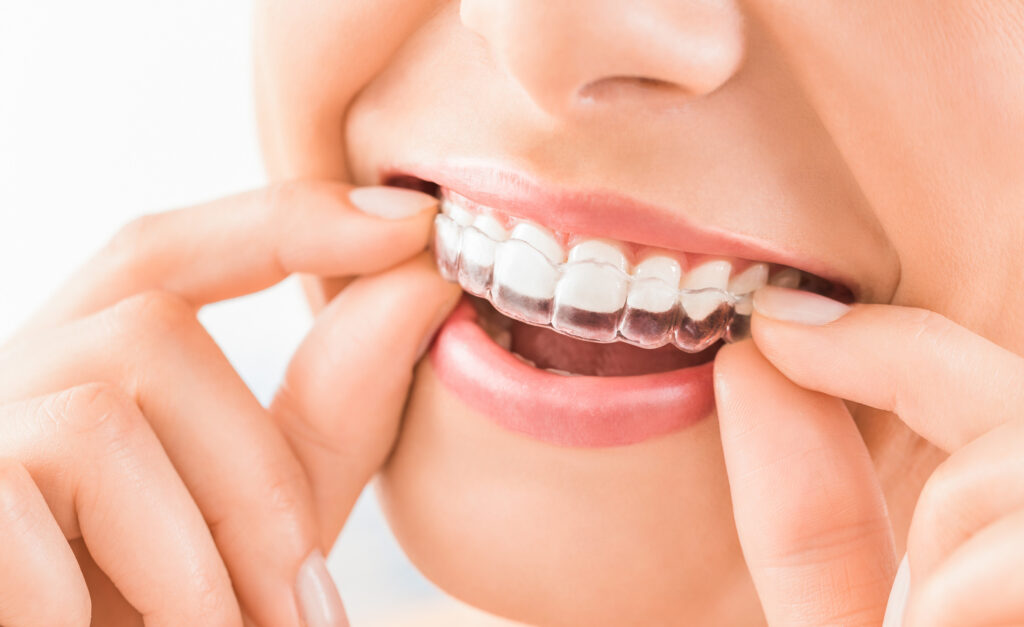
What Range of Solutions Does Invisalign Offer?
Invisalign aligners can offer a variety of solutions based on the type and complexity of the treatment:
- Invisalign / Full
The most commonly recommended treatment is a complete Invisalign treatment.
- Invisalign / Lite
In case of less complex issues, Lite Invisalign treatment will be employed.
- Invisalign / I7
Invisalign I7 provides you with rapid developments for cases that involve just a few teeth.
- Invisalign Teen
Invisalign Teen is usually utilized by pediatric dentists. It is tailored to cater to the needs of younger patients, whose mouths and teeth are still changing.
Who Can Provide Invisalign?
Not all orthodontists and dentists are trained to provide the Invisalign treatment. Doctors who offer treatment with Invisalign must complete specialized training so as to be competent in applying this system. They are usually referred to as Invisalign Specialists. You can find a qualified doctor near you through the Invisalign webpage.
What Conditions Will Invisalign Treat?
The Invisalign system is one of the most advanced techniques for transforming your smile. There are several conditions causing uneven smiles:
- Crowded teeth
You may not have enough space in your jaw for your teeth. In this case, your teeth can overlap, occasionally being pushed to the front or the back.
Crowded teeth do not allow for normal brushing and flossing, making it easier for plaque and bacteria to build up, leading to tooth decay and gum diseases. Invisalign aligners can fix crowded teeth, prevent dental disorders, and transform the smile.
- Overbite
When your upper front teeth overlap with your lower front teeth, you have an overbite, a common condition. Deep bites develop when you have a large overbite, and can cause serious problems. Invisalign aligners can fix overbites and deep bites.
- Underbite
If you close your mouth and your lower front teeth are in front of your upper teeth, your jaw is too far forward, which means you have an underbite. Underbites interfere with chewing and speaking and may affect your teeth, making them wear down more quickly. Invisalign aligners can fix underbites though severe conditions may require combined treatments involving surgery.
- Crossbite
If some of your upper teeth are sitting inside your lower teeth when you close your mouth, you have a crossbite which can gradually wear your teeth down and make your gums recede, leading to painful gum issues. Invisalign aligners can fix your crossbite, transforming your smile.
- Open bite
If your upper and lower teeth do not touch when you close your mouth, it is hard to chew and bite. This condition is called an open bite and can be fixed with the help of Invisalign aligners.
- Gap teeth
If you have extra room between two or more of your teeth, you have a spacing issue known as gap teeth. Gap teeth may encourage the formation of pockets between your teeth and gums, make your gums sore and your teeth tender, leading to gum diseases. Invisalign aligners can help with the issue of gaps in your teeth.
- Crooked teeth
Having crooked teeth is not a big issue, but it may affect your confidence. Small changes can make a significant difference. The Invisalign treatment will allow for a smooth change.
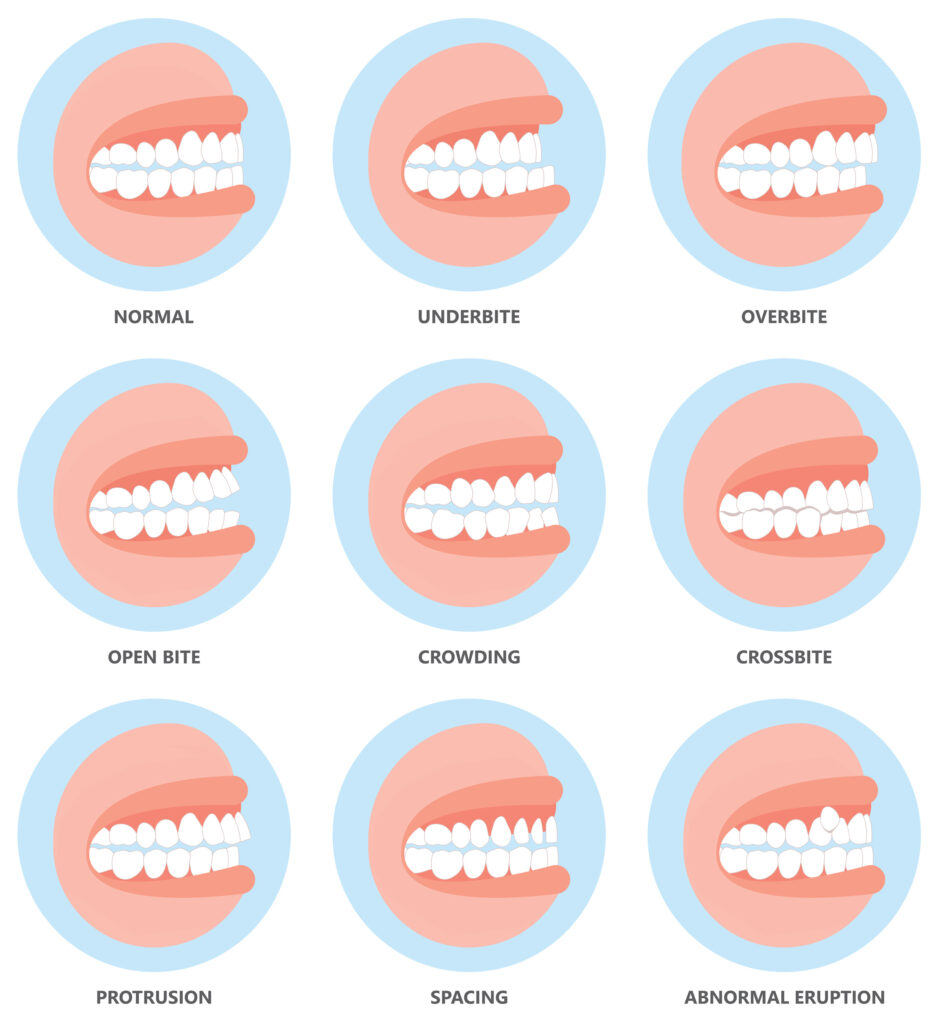
Invisalign for Teens
If you think that your child needs braces, Invisalign may be considered an alternative.
Much like the braces with metal wires, these transparent plastic aligners use pressure on your child’s teeth to help them move into alignment. Invisalign has a few advantages over traditional braces:
- It will be much easier for children to brush and floss when there are no wires or brackets, and they can easily follow their regular oral hygiene, which leads to fewer cavities.
- There will be fewer emergencies of broken wires or cracked brackets.
- Traditional braces may cause irritation once the wires or brackets poke your lips or cheeks. Invisalign won’t cause this kind of friction.
- Invisalign aligners are less noticeable, and your child will be less likely to become self-conscious.
How Is Invisalign Teen Different From Invisalign?
The most significant distinction between these transparent aligners designed for adults and the ones worn by your teen is blue indicator dots, a series of blue dots that will fade as your child wears the aligners, so that you will be able to control the process. This way you will know if your child is not wearing the aligners frequently enough. Thanks to these dots you will also know when is the right time to switch to a new set of aligners, preventing possible issues with the treatment progress.
When Is Invisalign For Kids Applied?
According to the American Association of Orthodontists, Early intervention is more profitable for some dental cases. The age that a child may need to get orthodontic treatment varies from person to person, and is usually between the ages of 9 to 14. This treatment may involve Invisalign as well. Invisalign markets a product for younger children called Invisalign First which can solve a broad range of problems in the early stages.
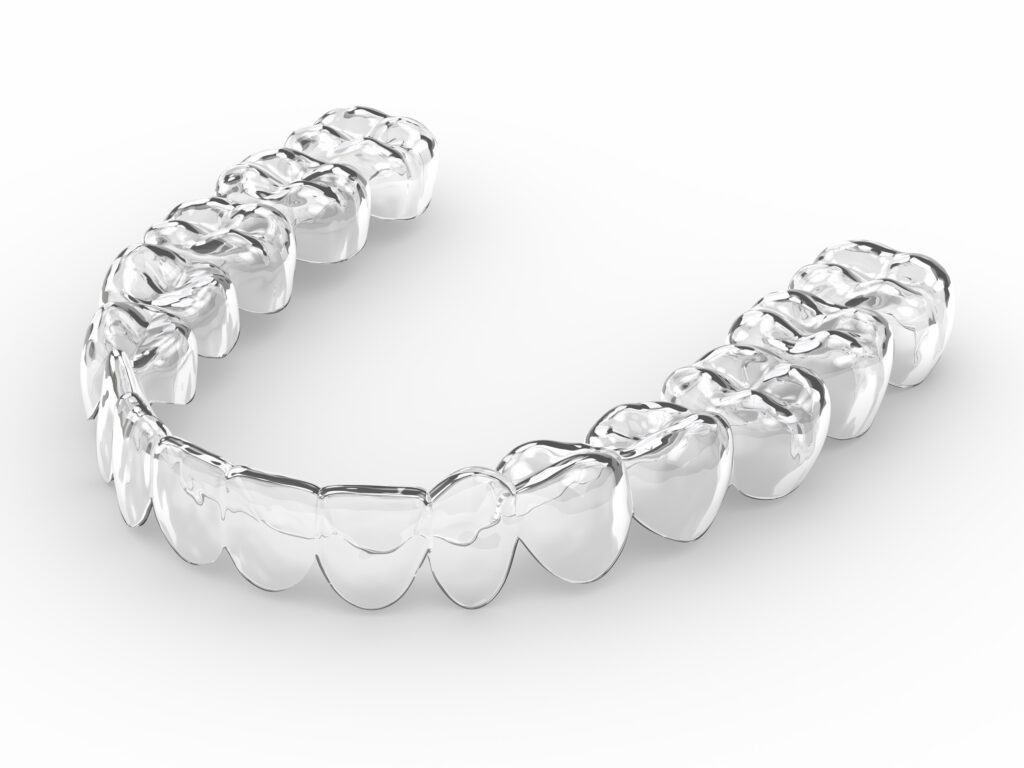
What Is the Invisalign Treatment Procedure?
There are three stages your child goes through to achieve a refreshed smile:
- The Invisalign specialist will map the treatment plan with you and your child in the consultation session after showing you the 3D scan of the teeth.
- The Invisalign specialist will give you a series of aligners that have been custom-made and should be changed every one or two weeks. The doctor will then monitor the progress with the “My Invisalign” application or in person.
- Your child should follow regular visits with the Invisalign specialist every 6-8 weeks to collect the next set of aligners.
- The even smile will be adapted to your child’s gumline for maximum comfort after the treatment. Once orthodontic treatment completes, the teeth may move again, and it is essential to maintain them for long-lasting results. After transforming the smile, there are tips to follow to keep a straight smile. The aligners must be worn according to the treatment plan, which can be assisted with the “My Invisalign” app.
Is Your Child A Good Candidate For the Invisalign Treatment?
Aside from the exceptional cases in which the orthodontist suggests traditional braces, it comes down to your child’s preference to benefit from traditional braces or transparent Invisalign aligners. Studies indicate that adults prefer transparent aligners more than younger people do, and kids like colored ties more.
What Are The Drawbacks of Invisalign For Teens?
There are some precautions to consider when it comes to choosing Invisalign for your child:
- Mixed results have been reported after evaluating the effectiveness of clear aligners, and there is not a clear advantage of Invisalign for orthodontic tooth advancement.
- Your child must wear the Invisalign aligners for 20 to 22 hours a day to work effectively, and if the aligners are not in the mouth regularly, they will not help with the condition, which requires your compliance.
- Being removable, these aligners have the potential to get lost; therefore, prior to opting for Invisalign, you should assess how responsible and involved your teen is.
Getting braces is not a cheap treatment process, which could be of concern if your insurance does not support it. The cost of Invisalign may not be covered by your insurance, so you are highly recommended to review your insurance policy before making a decision. Many doctors, however, offer flexible and affordable payment plans, allowing you to enjoy the treatment with small payments. Invisalign might possibly be the best solution unless your child’s dentist has specifically discouraged or precluded the use of these clear plastic aligners. Thanks to Invisalign, your child will finally be able to engage in normal social activities and encounters with confidence. You can contact our experienced Invisalign specialists at Aria Dental clinic for an enjoyable treatment experience and the best treatment plans for you and your children.
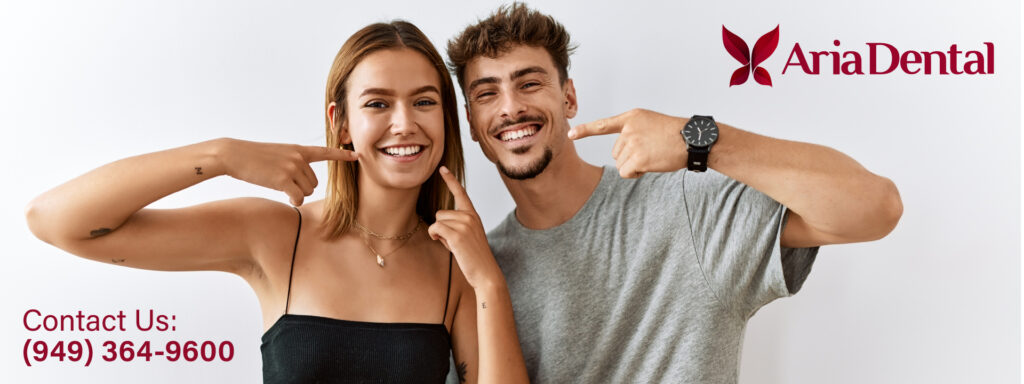



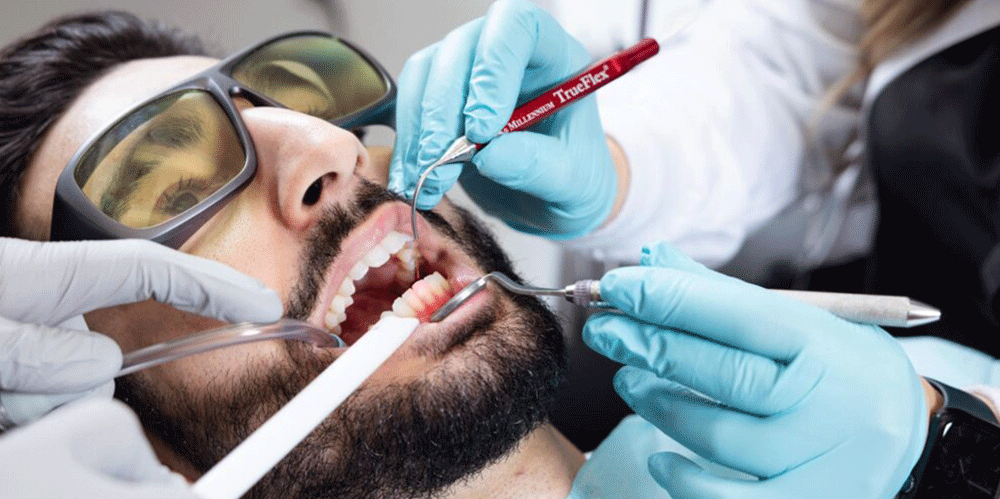
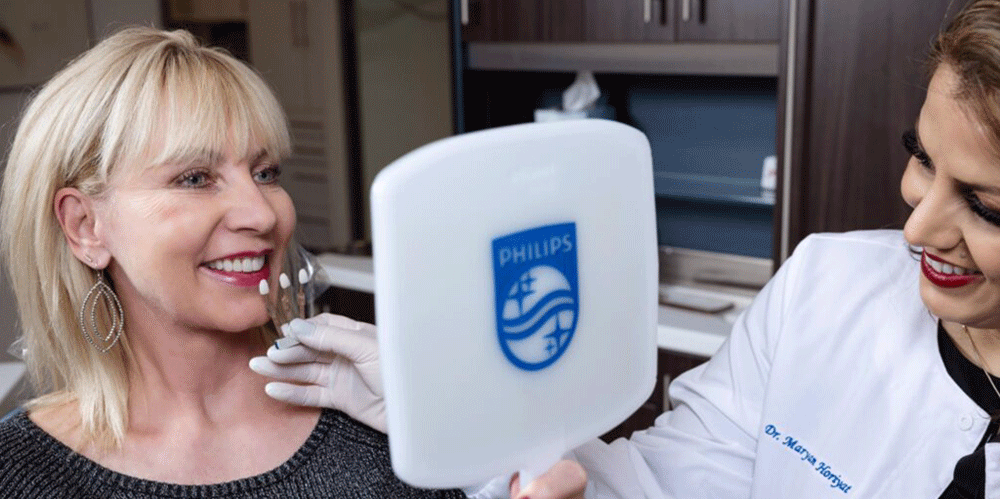
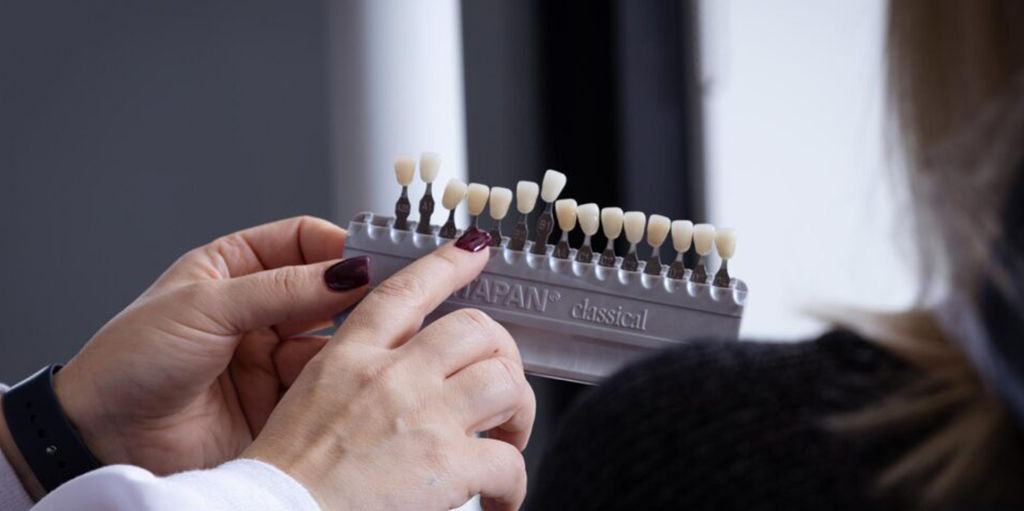
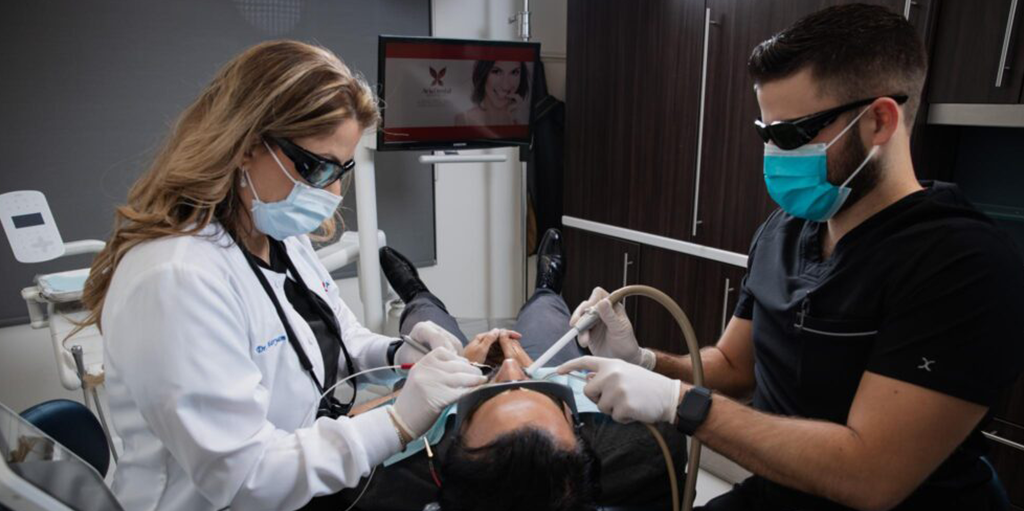
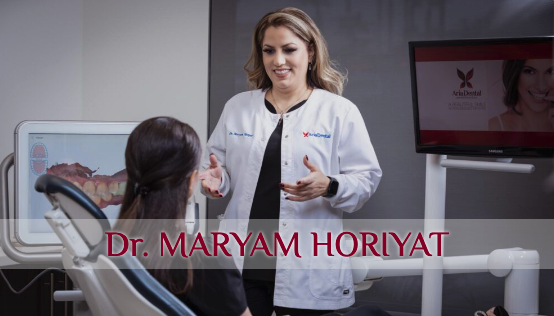
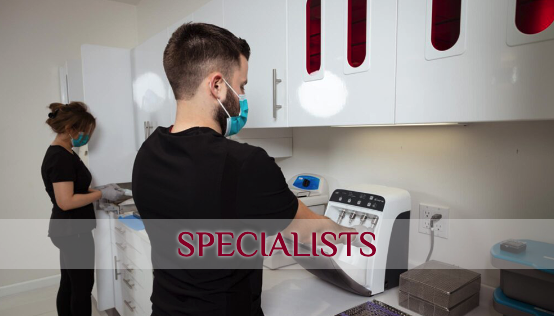



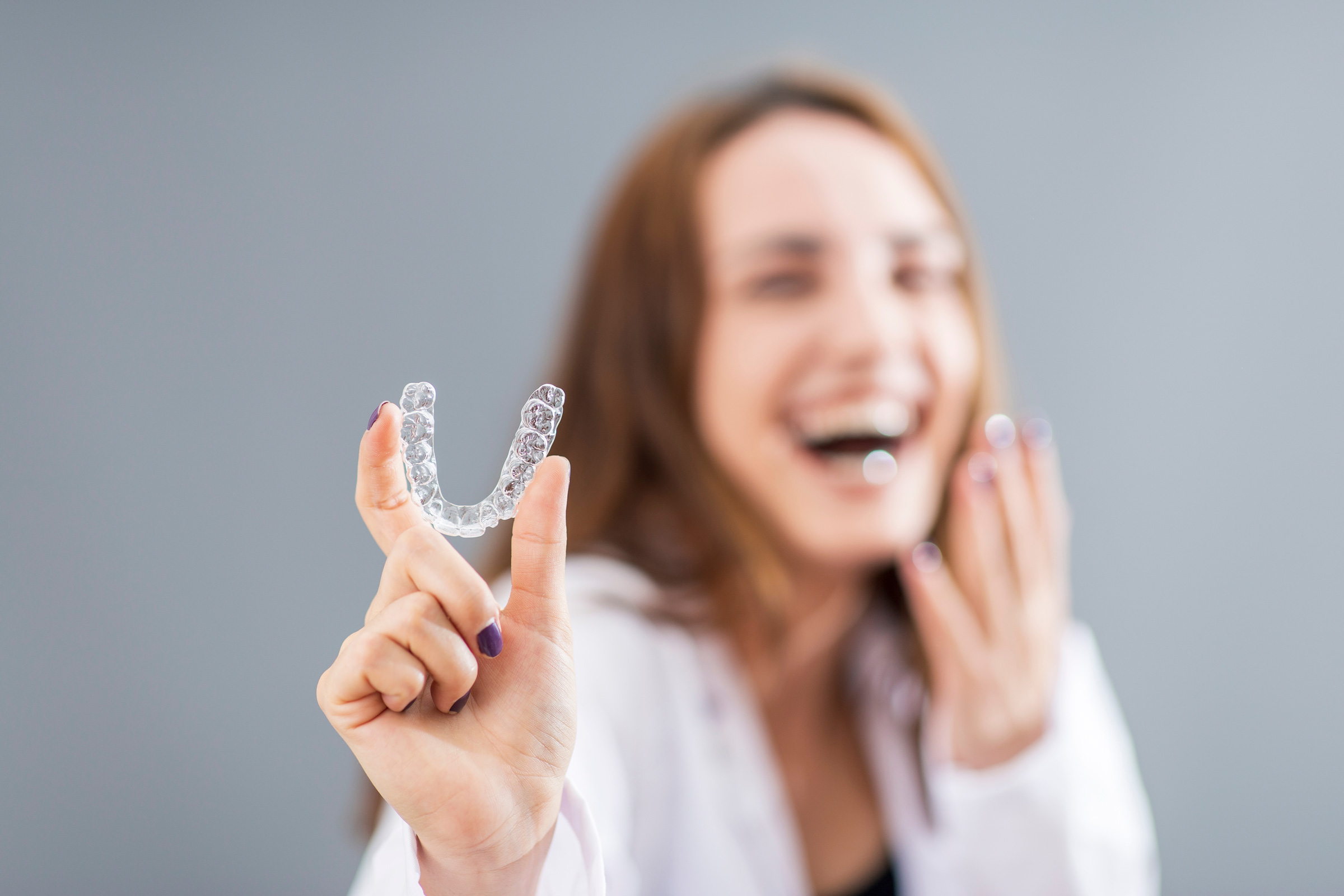


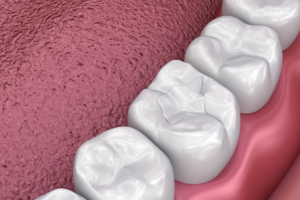

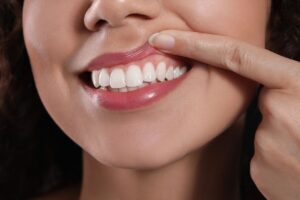

1 Comment
The fact that Invisalign is mapped out by using 3D software really interests me quite a bit. Something like that could be an amazing way for my kid to be able to fix his teeth problems without any kind of problems with his teeth shape. I’ll go and look for a dentist in the area that can help out with getting a customized Invisalign tray for my kid.